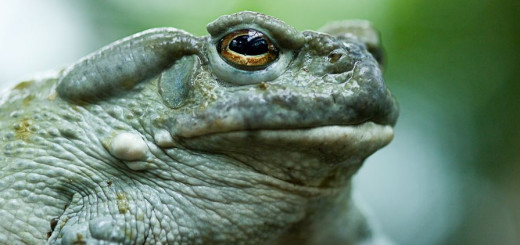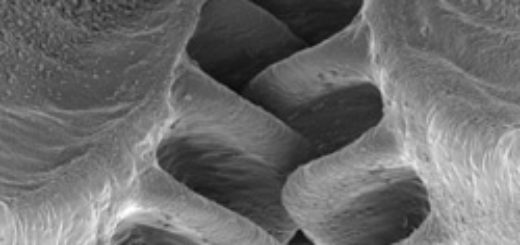Why do daffodils live for less than a month?
Why do daffodils pop through the soil creating stunning landscapes only to retreat back under 3 weeks later?
The answer (like most other biological questions) is evolution, but the specific factors of daffodil evolution are very interesting and you probably never thought about it. The reason for the peculiar life-cycle of the daffodil can be seen in this photo I’ve taken today in Manchester. Daffodils evolved into existence in the temperate regions of Europe, which at the time had not faced the destructive might of Man and was therefore covered in forests. These were predominately deciduous forests which means they were forests made up of trees that shed their leaves every autumn. This is where the daffodils saw an opportunity; they evolved in such a way that their life cycle comprises of bursting through the soil quickly in the spring before the deciduous forests have regrown their leaves. Then under the naked trees the daffodils quickly catch as much of the spring light as they can and then pour this light energy into plant sex (in this case flowers) and store the excess energy in the underground bulb in the form of sugars and starches. Then, before the deciduous forest above begins to grow its leaves and shade all that lies below, the daffodils dissolve their leaves re-absorbing the nutrients in their greenery and silently retreat below the soil for another year.






